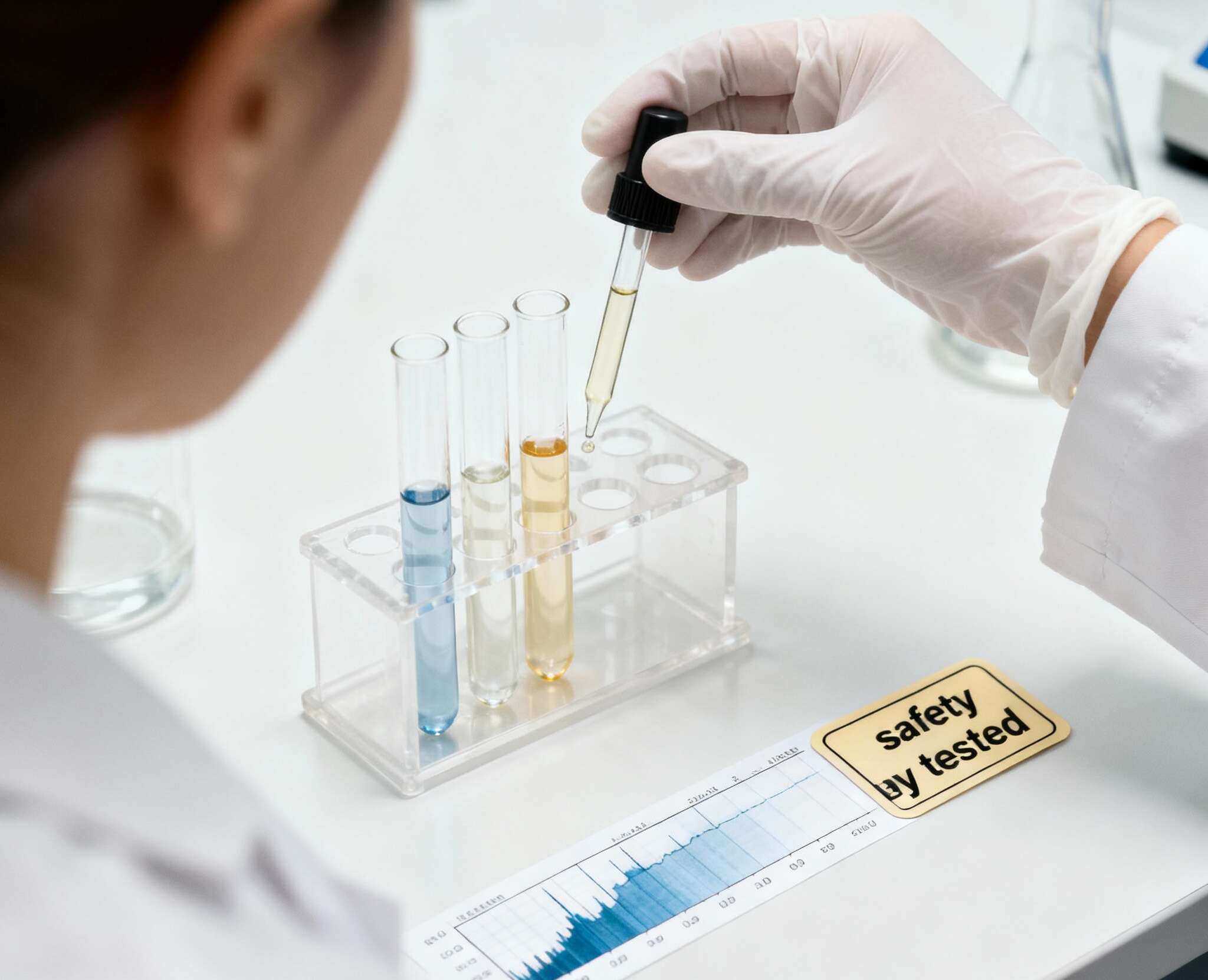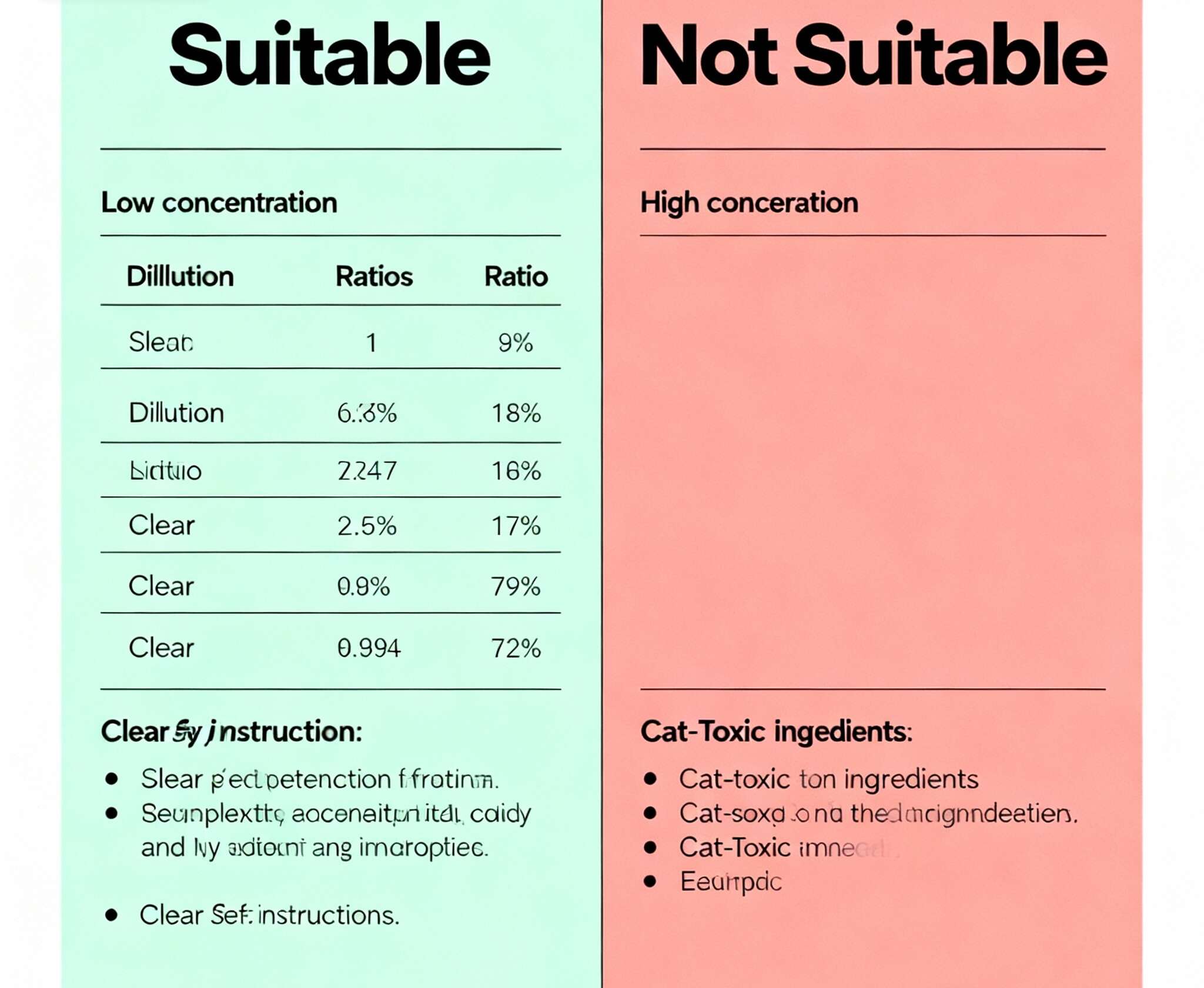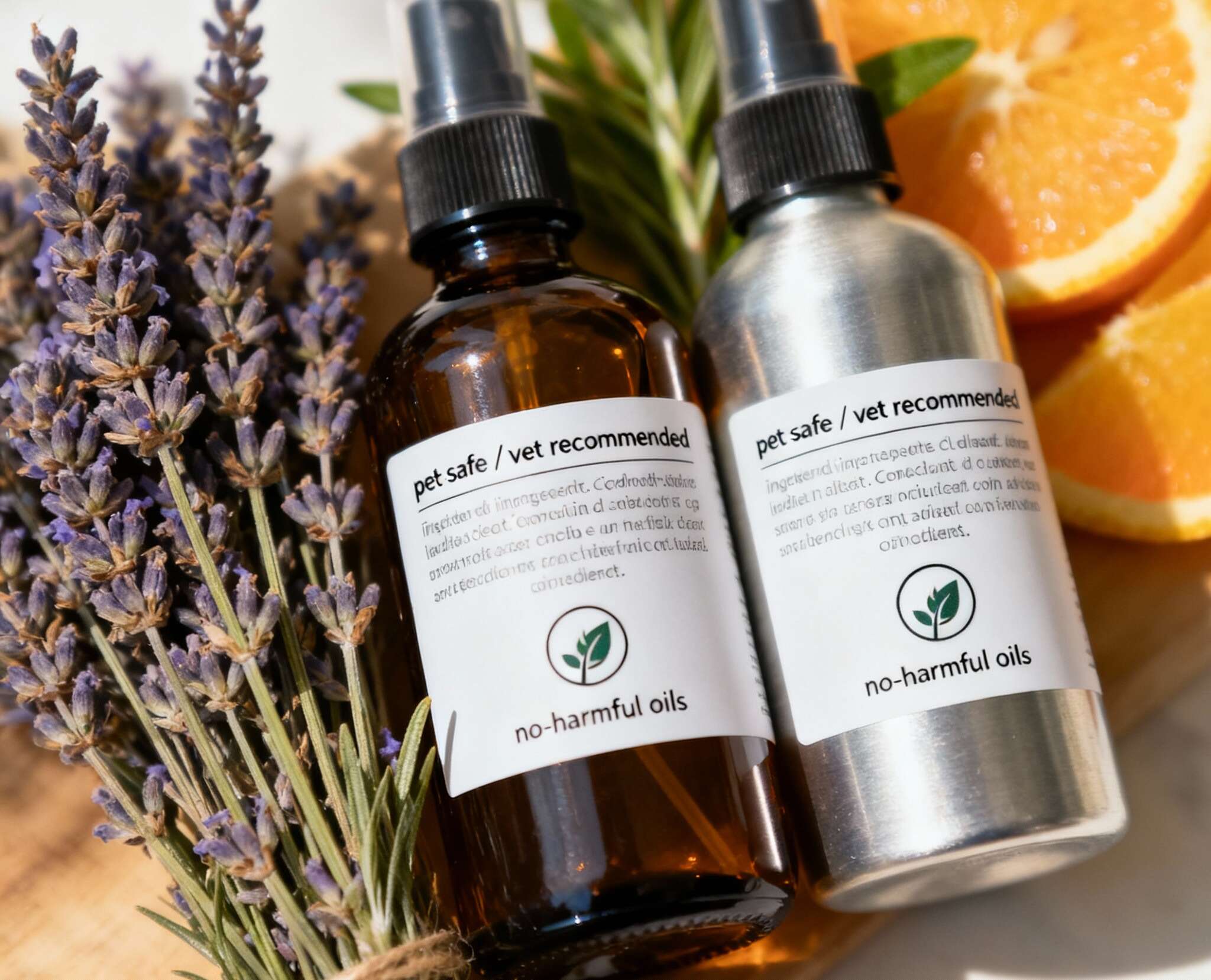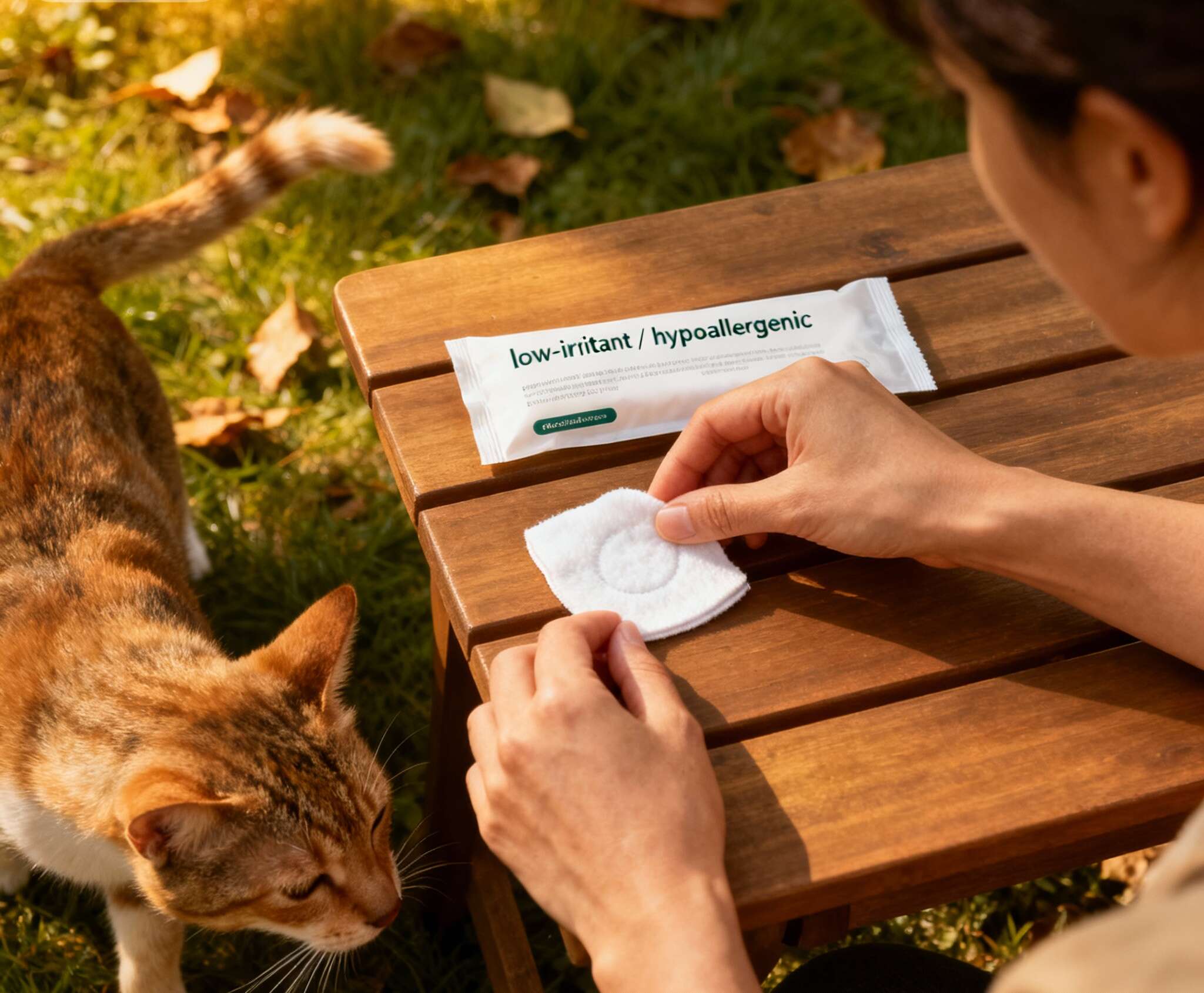



You want pets comfy, owners happy, and products that actually sell. Let’s cut the fluff and talk about what matters when picking fragrance oils for shampoos, sprays, wipes, balms, and room care around animals. I’ll keep it plain, practical, and a bit chatty. Where it helps, I’ll drop tables, examples, and shop-floor language you already use.
Quick context: I’Scent is an OEM/ODM partner for Fragrance Oils and perfume raw materials. We’ve got 20+ senior perfumers, a 40,000+ formula library, plus custom duplication with ~98% match accuracy. Samples in 1–3 days, production in 3–7 days (fast), low MOQs (5 kg; custom scents usually 25 kg). IFRA/ISO/GMP/Halal, ERP traceability end-to-end—so the paperwork won’t slow you down. Learn more on our home page: OEM/ODM Fragrance Oil manufacturer.
IFRA matters for human exposure and general safety practice. But pet care needs extra thinking: animals lick, sleep on fabrics, and live nose-first. Treat IFRA paperwork as your baseline, not your finish line. Build a pet-safe strategy on top:
If your buyer asks “is it safe for pets?”, don’t just wave an IFRA certificate. Explain your exposure scenario and what you adjusted: dose, solvent, fixatives, and how you controlled oxidation. That earns trust.
Leave-on formats (colognes, detangling sprays, dry shampoos) sit on coat and skin longer. Rinse-off (shampoos) exit down the drain. Different playbook.
Table 1 — Use-case vs exposure vs scent approach
| Scenario / Use-case | Exposure Level | Key Risks | Scent Strategy | Notes for QA/RD |
|---|---|---|---|---|
| Grooming spray (leave-on) | High (coat + inhalation + lick) | Lick-off, sensitization, olfactory overload | Low dosage, soft top note, quick drydown, low tenacity near face | Use fine spray, test on undercoat; watch residue |
| Dry shampoo foam | Med-High | Local residue, grooming ingestion | Short-lived bloom, clean mid, minimal base | Avoid tacky fixatives; assess comb-through feel |
| Rinse-off shampoo | Medium (short contact) | Eye/skin stings if overdone | Fresh lift at wash, faint after-rinse | Match surfactant pH and buffer odor sing |
| Paw balm / leave-on balm | Spot High | Licking concentration | Ultra-low odor, buttery neutral | No minty burn; watch warming feel |
| Room/linen spray (around pets) | Indirect | Inhalation, fabric transfer | Ambient low-load, airy profile | Don’t fog; target quick air clearance |
Rule of thumb: start light. Let owners smell “clean” without blasting the animal. Then titrate up if field tests show under-perception.

Two quiet troublemakers: limonene and linalool. Fresh, citrusy, floral—great. But they oxidize in air to form sensitizers. Manage it:
Allergen transparency helps sell-in to retailers and lowers returns. Provide clear allergen disclosure in your B2B tech pack. Even when not legally forced, it shows control.
Dogs and cats live through smell. Strong perfume that delights humans can make pets step back, sneeze, or hide. Watch for:
Talk to your consumer team: “We want near-coat comfort first, human wow second.” That mindset reduces churn.
You don’t need to ban naturals. You do need to prioritize low-risk components and control dose. Industry practice often flags tea tree, wintergreen (methyl salicylate), clove/cinnamon leaf, strong eucalypt/menthol as high-concern in pet contexts, esp. leave-on. Safer routes:
Table 2 — Ingredient risk radar (simplified)
| Class | Typical Purpose | Pet Risk Flag | Safer Direction / Note |
|---|---|---|---|
| High-mint / wintergreen | Cooling, “fresh clinic” vibe | High (leave-on) | Skip in leave-on; in rinse-off keep ultra-low |
| Spicy phenolics (clove/cinnamon) | Warm, gourmand | Mid-High | Replace with gourmand accords, soft vanilla facets |
| Tea tree style | “Clean medicated” aura | High | Use lab-crafted “clean” accord without harsh camphor |
| Bright citrus (limonene heavy) | Fresh top | Mid (oxidation) | Stabilize + dose low; add antioxidants |
| Strong eucalypt/menthol | Breathe-easy signal | Mid-High | Reserve for ambient sprays, reduce tenacity |
| Powdery musks, light woods | Comfort | Low | Good for coat comfort, near-face acceptability |

Stay on the cosmetic side for “grooming, deodorizing, freshness, coat care.” Once you claim treatment (e.g., repels insects, calms anxiety, treats skin disease), you shift into regulated territory. Use benefit language that matches the product class: “freshens,” “deodorizes,” “easy comb-out,” “soft coat”. Keep pet + owner instructions crystal clear: how many sprays, distance from face, and how to avoid overuse.
Perfumer talk meets R&D reality:
Small “wrong” here tanks the line. Do the boring work: compatibility matrix, then narrow.
If you scale, you need batch-to-batch repeatability, or customers will say “this smells different from last time.” I’Scent uses ERP tracking to lock formulas, raws, and COAs per lot. Quick GC-MS fingerprint checks catch drift. We keep retain samples per batch for audit and troubleshooting—no finger-pointing, just facts.
Table 3 — Supplier capability snapshot (I’Scent)
| Capability | Why it matters | What you get |
|---|---|---|
| 40,000+ fragrance formulas | Faster hit rate | Short list of candidates in hours, not weeks |
| 20+ senior perfumers | Deep bench | Multiple creative angles, same brief |
| ~98% duplication accuracy | Smooth transitions | Brand refresh or cost-in without profile shock |
| IFRA/ISO/GMP/Halal | Retail acceptance | Paper ready for global sell-in |
| ERP traceability | Recall-proofing | Full chain of custody, batch consistency |
| Sample 1–3 days | Speed to learn | Rapid A/B/C owner tests |
| Production 3–7 days | Speed to scale | Short lead time post-approval |
| Low MOQs (5 kg; custom usually 25 kg) | Cash discipline | Ramp in, then expand without waste |
Explore our custom fragrance oil services and the Fragrance Oils catalog. If you need a fragrance duplication service, we can mirror your benchmark and tune for pet contexts: fragrance duplication service. You can also start from our perfume raw materials backbone and build light pet-friendly accords: perfume raw materials. And yes, I’Scent supports global sales with full documentation: I’Scent.

Scenario: Indoor cat grooming spray (leave-on).
Pain point: cats avoid strong smells; owners want “clean, not perfume.”
Fix: use a soft powdery-musk + watery floral accord, keep dosage low, switch to fine mist pump with narrower plume. Add antioxidants to guard limonene/linalool traces. Test 1–2 sprays back-of-neck, not near face. Real talk: dont chase long tenacity here.
Scenario: Dog detangler + deodorizer (leave-on).
Pain point: coat gets static; dog rolls on couch, odors stack.
Fix: neutralize with a gentle woody-musk base; skip heavy spices. Use a volatile solvent so it doesn’t sit wet on coat. Keep drydown under three hours. Owners will say “smells clean, then disappears.” That’s a win.
Scenario: Rinse-off shampoo for salons.
Pain point: strong wet smell, none after rinse, stylists overdosage.
Fix: aim for a fresh top that blooms in the foam, but post-rinse faint trail only. Too much base equals customer complaints on the drive home. Trim fixatives, round with lactonic creaminess to mask surfactant bite.
Scenario: Room/linen spray used around pets.
Pain point: owners fog rooms, pets sneeze.
Fix: position as two-spray max in a corner, airy ozonic note with fast clear. Label it in plain talk.
You don’t need a huge budget or a long wait. You need a partner that ships samples fast, hits the olfactive brief without drama, and scales cleanly. That’s where we come in:
We help you turn feedback into a tight rev—not a full redo. Less rework, less risk. Check the range at Fragrance Oils and contact us through the OEM/ODM Fragrance Oil manufacturer page.